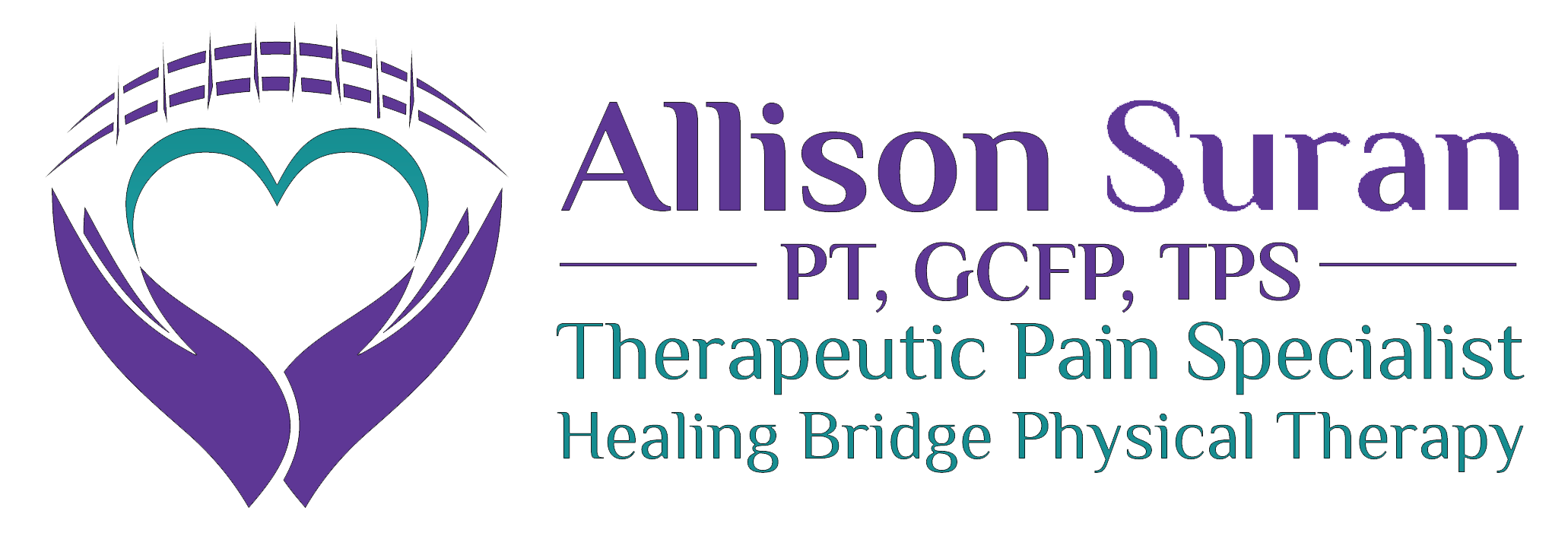Politics and Pain
November, 2016
NO! I will not be making any political statements here. But in “painfully” watching this political season, I have had some insights into how our brains attract information that “fit” and perpetuate our current beliefs.
As I watch friends on both sides of the aisle, it is fascinating to notice that people who are equally educated and informed make diametrically opposed decisions about candidates. This year is more intense than ever and it’s made me wonder; how is it that we can take in similar information and come to such different conclusions.
I find myself thinking of a well-known scientific theory for pain called the Hebbian Theory: Neurons that fire together, wire together. So as you spend your life collecting information to support your political ideology, your brain will continue to be attracted and reinforced by the information that is consistent with your prior beliefs. Imagine what it would take for you to consider voting for the “other” candidate — Yikes!
What does this have to do with pain? However you have spent your life thinking about your body, health, or any aspect of your “self,” it will have a direct influence on how you respond to injury or pain. Once an injury has occurred, the pain experience is determined by how much the brain perceives it as a threat. This means that, even with the exact same injury or diagnosis, each person will have their own unique experience of pain.
For people who experience persistent pain, the usual medical interventions were not successful. Could it be that the diagnosis creates more of a threat and therefore continues to create pain? In addition, prior experiences and beliefs about the diagnosis and pain may cause the brain to respond with an exaggerated response. I teach in my pain classes that the brain can feel so threatened by pain that it starts to create hyper-sensitivity throughout the nervous system to protect it’s “person” from further threat.
“We cannot solve our problems
with the same mind that created them.”
Albert Einstein
What’s a person in persistent pain to do? Change your mind! If you’ve been reading my posts on pain, you may be noticing a theme: Persistent pain rarely changes from on-going mechanical or manual interventions. Surgery, injections, medications and hands-on “fixes” usually last only a short while because the thinking mind continues to create an environment that keeps the brain and nervous system on-edge.
If mindfulness was a pill, people would be lining up down the streets to get it because it would be a lot easier than sitting quietly and learning to listen to the unconscious thoughts that may be perpetuating the pain. There are many ways to learn to listen to one’s mind and all of them require some desire and effort to change. The next step is finding which method of mindfulness, such as meditation, relaxation or visualization, etc, works for you. Hopefully changing your thinking to decrease your pain isn’t as difficult as it would be to change your thinking to vote for the “other” candidate. However, it does take a serious commitment.
You can start today by sitting quietly once a day for 5-10 minutes. Follow your breath in and out for 5 breaths and do this over and over. Inevitably you will lose focus on your breath and start thinking. Notice what you think about, write it down, and return to counting your breaths. Do this during a focused practice and keep your notepad with you throughout the day to write down any thoughts that may add to your stress. With practice you will begin to notice the pattern of where your thoughts tend to go; pain, money, relationships, work, etc.
A word of caution: As you begin to notice your thoughts, you may not like what you hear. As my mindfulness trainer told me many years ago; be sure to take along some self-compassion as you notice what you are thinking.
You can’t change what you don’t know, but when you become aware of your stressful thoughts you can begin to change them. I encourage my Calm Your Pain participants to find a quote, poem, scripture or mantra that brings peace, calm, joy and safety and learn to repeat this to soothe their stressed-out brain and to start to replace the repetitive stressful thoughts with something healthier and soothing.
My wish for you is that as you start a new practice of self-listening, you can also begin self-soothing to change the excitatory pain patterns and begin to learn to Calm Your Pain.
In Health,
Allison Suran
